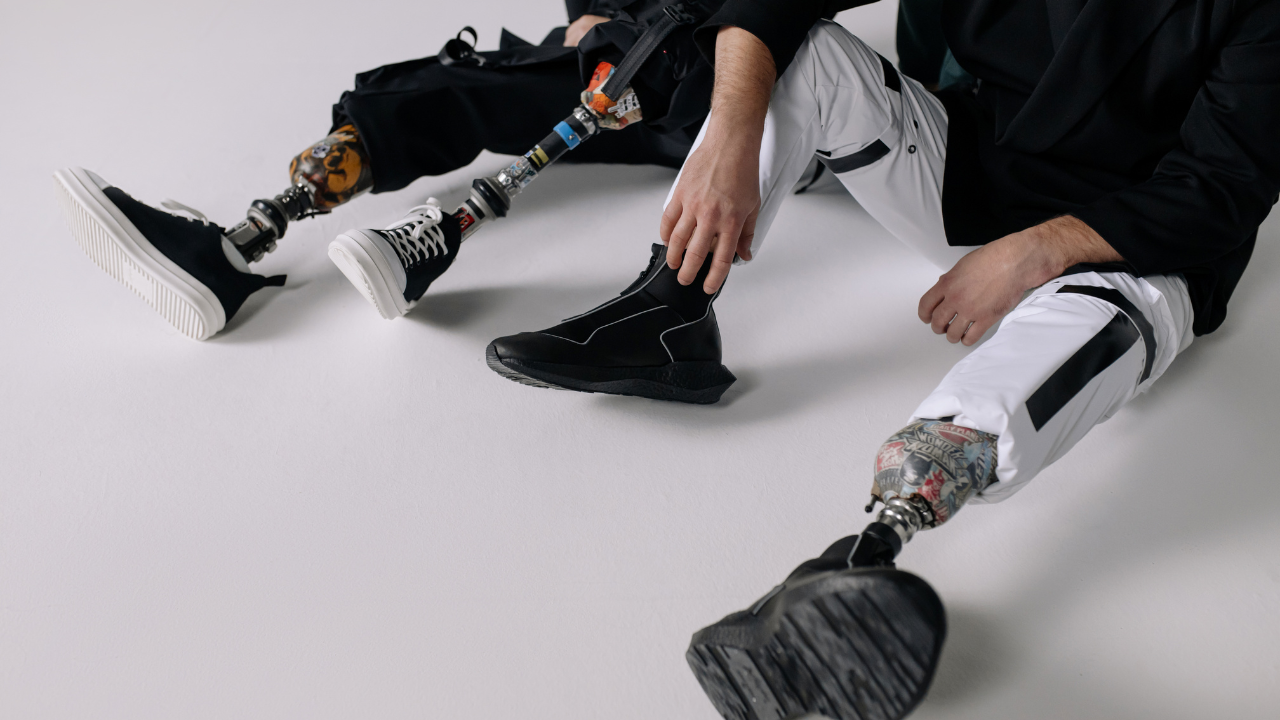Prosthetic designers could reduce their business’ tax burden with a federal research and development (R&D) tax credit.
Every day prosthetic designers are creating vital tools that improve mobility and quality of life for clients that range from children to military veterans. Designing a new appendage takes time, money, and energy which can prove to be a strain on a business. Thankfully, R&D tax credits for prosthetic designers allow businesses to continue creating amazing new products. In this article, you’ll discover why this resource is so important and how to apply for a federal R&D tax credit.
What is the Federal R&D Tаx Credit?
As reported by the Tax Foundation, the federal R&D tax credits were first introduced on a national level in the early 1980s as an incentive for companies to bring more R&D stateside. Once a temporary program, federal R&D tax credits are now a lasting feature of the US tax code. These credits allow prosthetic designers as well as other creative business owners to reduce tax burdens by as much as 10%.
For example, if you have decided to launch a start-up and have a few employees who dedicate some or all of their time to R&D, you could claim their salaries on your tax credit application. The R&D tax credit also allows:
- Qualifying start-ups to put it toward the payroll tax
- Qualifying companies to use it to offset the business income tax
- Companies to carry it forward 20 years
Even some states offer their own version of an R&D tax credit. R&D tax credits in California, Maryland, and other states allow local business owners to maximize their innovation potential. If you discover that your state offers an R&D tax credit for prosthetic designers, you can apply for both the state and federal credit in the same year.
Is Applying for a Federal R&D Tax Credit Easy?
The application process for a federal R&D tax can be daunting, so contact an R&D expert. With professional help and some basic knowledge of the process, you’ll be able to claim the credit you deserve. Now, before you can apply for the credit, you must confirm that your company has:
- Developed a new product or process or improved upon existing functionality
- Dealt with some form of uncertainty in the development process
- Utilized a process of experimentation to eliminate uncertainty
- Conducted experimentation that relied on engineering, biological, physical, or computer science
- Employed all or a portion of your workers within the United States
R&D Tax Credit Calculation
When applying for an R&D tax credit for prosthetic designers, you’ll need to compile a list of your qualified research expenditures (QREs). This can include the:
- Salaries of employees conducting R&D
- Cost of 3rd party contractors
- Cost of disposable supplies purchased for R&D
Bear in mind that if you work with contractors outside of the US, those costs will not be eligible for your calculation. If you have a rough idea of how much you’ve spent on R&D, use a free R&D tax credit calculator to get an estimate of your credit. Don’t get that if you live in a state with an R&D program, you could take home an even larger amount.
R&D Tax Credits for Prosthetic Designers: What You Need to Know
Prosthetic designers can benefit immensely when taking advantage of R&D tax credits. Offered by the federal government and some states, this credit empowers businesses to be innovative. You could receive as much as 10% of your QREs back as a credit and reduce your tax burden. You can even carry that credit forward 20 years. Contact us at Bowers R&D to start your R&D study.

